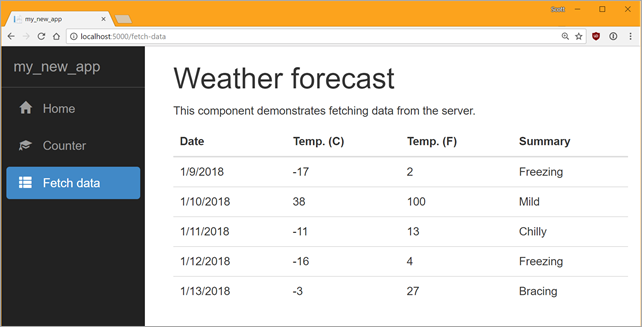


#FEWS NET APPLICATIONS SERIES#
SPP is processed daily, and produces probability maps and point time series at a 0.1 degree resolution.Employs Kernel Density Estimate (KDE) methods to generate PDF’s of projected rainfall for the season based on ARC2 data by utilizing a daily long-term (1983-present) historical record of precipitation performances.This new product quantitatively evaluates the probability of seasonal / sub-seasonal precipitation to finish at pre-defined anomaly thresholds over Africa.Seasonal Rainfall Performance Probability (SPP) This becomes quite useful for hazard criteria. Time scale may also be lengthened to weeks.A Discrete ARC2 record may be used to determine “consecutiveness” of either wet/dry conditions.We go back and compute current totals and climatology on this converted data to depict rain frequency.

Doing so for all of ARC2 will result in essentially a binary dataset from 1983-present representing simply as either rain, or, no rain events.Threshold temperature to define a cold cloud = 1mm/day.Assumes monotonic relationship where rain intensity is proportional to the duration cloud top temperatures over a 24hr period.Cloud Top Temperatures used as proxy to derive rainfall.Given these attributes, GPI is the best capturer of the spatial distribution of rainfall.Imagery taken every ½ hour, with 48 snapshots daily.METEOSAT’s 2- 9 : centered at 0° Longitude.GOES Precipitation Index (GPI) based on IR temperatures from Geostationary satellites.Errors / bias resulting from spatial interpolation.1 in 23,300 km2 gauge to area ratio across the African continent) Gauge data is the most accurate and “true” form of rainfall measurement, but suffers from aforementioned weaknesses.A variable number report daily (200-1000 stations) from 06Z – 06Z.Station extraction within each domain, routine QC methods, gridding via “Shepard” interpolation.Provided by the World Meteorological Organization (WMO).Data collected from rain gauges from a global network system of synoptic observations (GTS).0.1˚ gridded spatial resolution from 40S to 40N / -20W to 55E.This is achieved by two fundamental classes of remote sensing: Offers insight to the shape/structure of meteorological disturbances that can produce significant rainfall.Greater need for constant coverage with consistent accuracy!.Discontinuous and Episodic (bounded quantity).The character of precipitation differs greatly than other observations in meteorology.Can not represent long-range spatial distribution of meteorological properties.Is subject to local quality control methods that can contribute to heterogeneity in dataset.Can be unreliable, inconsistent, poorly maintained.It is germane for the monitoring of variability of weather and climate (operations & research).For a more complete spatial and temporal coverage for the monitoring of precipitation over the globe.CPC / NOAA: Satellite Rainfall Estimation and Applications for FEWS-NET Nick Novella CPC / NCEP /NOAA NOAA / FEWS / Chemonics Training Session


 0 kommentar(er)
0 kommentar(er)
